Sango Kaku (Japanese Maple) Location
fatlard
18 years ago
Featured Answer
Sort by:Oldest
Comments (17)
katrina1
18 years agolast modified: 9 years agofatlard
18 years agolast modified: 9 years agoRelated Discussions
Damaged Sango Kaku, what should I do now?
Comments (3)Agree with butterfly... that grass is taking up a lot of the space for roots for your maple. I would also not trim anything until after new growth comes out and hardens, maybe end of June next year, but definitely repot, and go to the maples (and Bonsai) forums and read up on granular soil mixes. Dirt is not a good medium to grow trees for any length of time (in a pot). You have the right exposure for the tree to do well. There are methods of watering for when you're away for a bit. Also, read up on root pruning when you transplant. It is a big deal for trees that will live entirely in a pot....See MoreName that Japanese Maple...Two Sango Kakus but One is an imposter
Comments (6)thank you Houston Texas, I think you're right. The 2nd post picture is the REAL Sango kaku based upon all my research and the 1st photo is not. I checked all the attributes of the 'Shindeshojo' and found that it is not in line with this JM. The Imposter Tree has a bright red bark, Spring and Summer shows Green leaves while fall is bright red leaves with bright red twigs. The Shindeshojo's leaves are red in spring. Although both have leaves of 5 lobes.Any other suggestions? -M Here is a link that might be useful:...See MoreJapanese maple Sango Kagu coloring
Comments (1)Hi Ikea,well it's always said Sango Kaku needs both sun and cold to colour up.This last summer mine lost all it's redness though usually very bright.The early part of winter was our coldest for many years but it still didn't colour.However since the very cold snap we've seen more sun and now the redness is returning.So from my experience,the sun plays more than a part in the colouring of the bark.As long as it can handle the heat it should be fine,here in England mine is in full sun....oh maybe misunderstood you,I think any lack of uniformity will only be noticed on largest stems and trunk,but these will have lost that dazzling red anyway....See MoreHelp with Sango Kaku issue
Comments (2)Sango Kaku should be able to tolerate full sun relatively easily. Lakes Nursery in NoCal recommends it for that sort of location and they grow in full sun here in the PNW without issue. I doubt the tree is properly established - it takes anywhere from 3-5 seasons for a tree of that size - and therefore is showing some signs of summer stress, which it will eventually grow out of. Watering "3 days a week" is kind of meaningless information. How many emitters, how long a duration (GPH?) and what kind of soil conditions do you have? It sounds like it is not getting enough water. A tree of that size (2" caliper?) will need 10-20 gallons per application. And that should percolate down to the base of the rootball or at least 12-16 inches. JM's do best with consistent soil moisture, so never too wet or too dry, always evenly moist.....See Morekatrina1
18 years agolast modified: 9 years agofatlard
18 years agolast modified: 9 years agofatlard
18 years agolast modified: 9 years agomckenna
18 years agolast modified: 9 years agofatlard
18 years agolast modified: 9 years agonobreyner
18 years agolast modified: 9 years agokatrina1
18 years agolast modified: 9 years agoDani
8 years agojalcon
8 years agodric516
8 years agoMike
8 years agogardengal48 (PNW Z8/9)
8 years agolast modified: 8 years agoaudreygg
7 years agobub72ck
7 years ago
Related Stories

GARDENING GUIDES12 Japanese Maples for a Sunny Garden
The right maple in the right place shines in hot summer sun
Full Story
TREES11 Japanese Maples for Breathtaking Color and Form
With such a wide range to choose from, there’s a beautiful Japanese maple to suit almost any setting
Full Story
GARDENING GUIDES13 Japanese Maples for Shade
A surprising variety of these understory trees is waiting to make a statement in your shade garden
Full Story
TREESGreat Design Plant: Coral Bark Japanese Maple, a Winter Standout
Go for garden gusto during the chilly season with the fiery red stems of this unusual Japanese maple
Full Story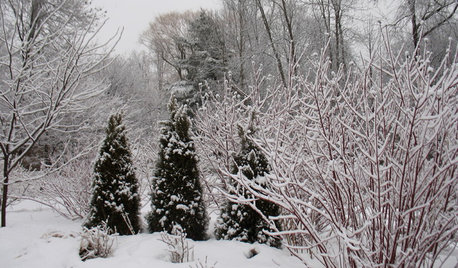
NORTHEAST GARDENINGNortheast Gardener's December Checklist
Wildlife and evergreens provide plenty of winter interest, but barer views offer their own benefits for gardens
Full Story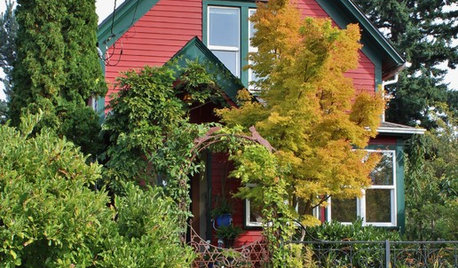
HOUZZ TOURSMy Houzz: A Musical Couple's Home Strikes a Personal Chord
Light, glass and many musical instruments animate this 1905 bucolic Washington farmhouse
Full Story
LANDSCAPE DESIGN7 Great Trees for Summer Shade and Fall Color
These landscape-pro faves straddle the seasons beautifully. Could one enhance your own yard?
Full Story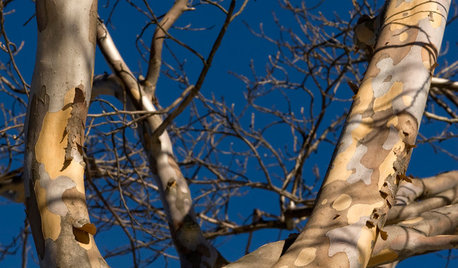
WINTER GARDENING8 Gorgeous Trees for Winter Interest in the Garden
Intriguing forms and beautiful branches take center stage when color heads back into the wings of the winter landscape
Full Story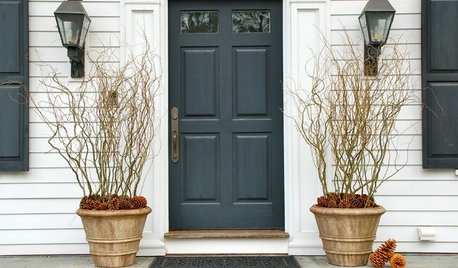
WINTER GARDENINGBranches Bring the Winter Spirit to Container Gardens
Add dimension and drama to winter pots with branches from austere to downright colorful
Full Story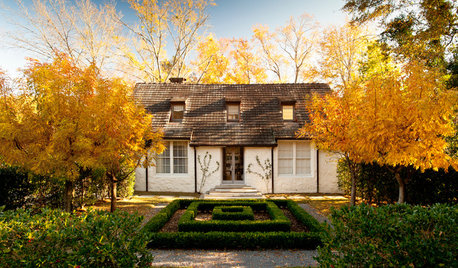
GARDENING GUIDES6 Plants for Colorful Fall Foliage in the Water-Wise Western Garden
Try these colorful, drought-tolerant additions to your garden for a fall season filled with color
Full StorySponsored



rocky110501